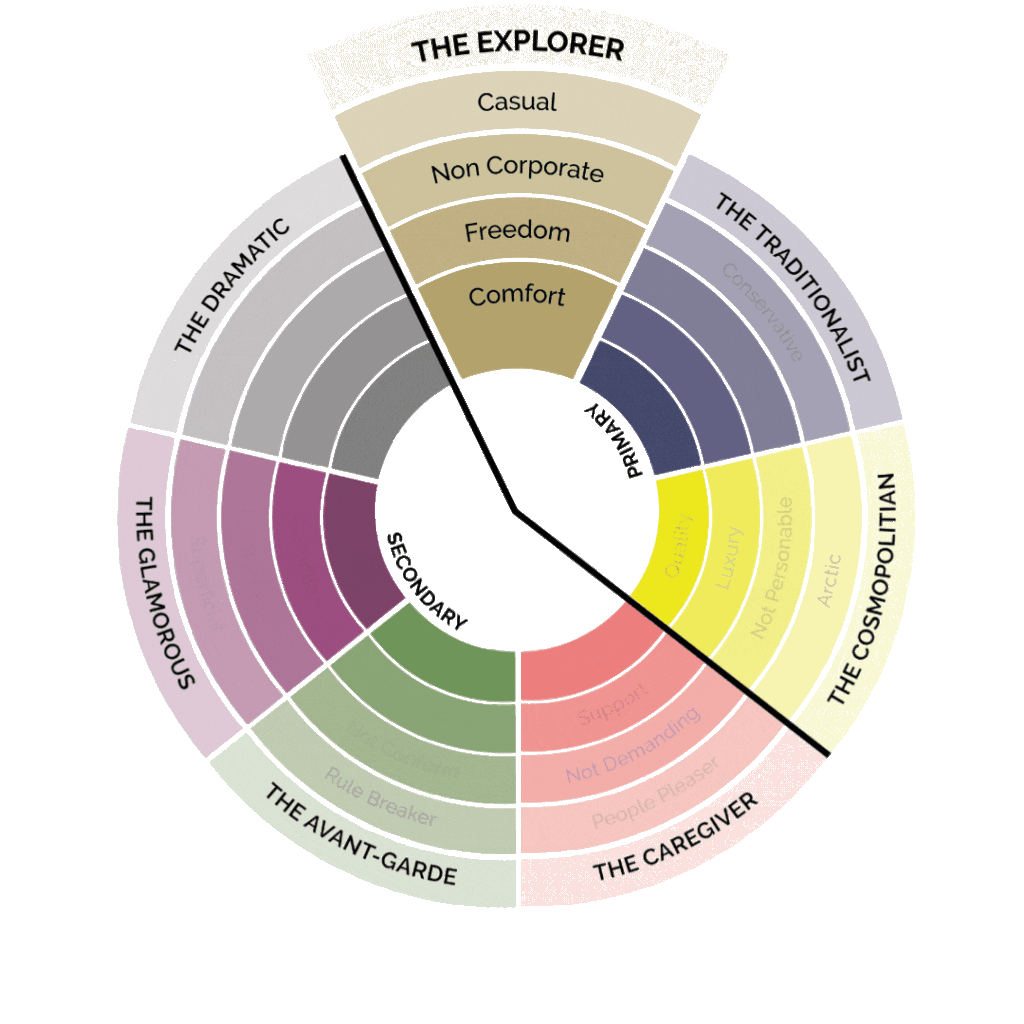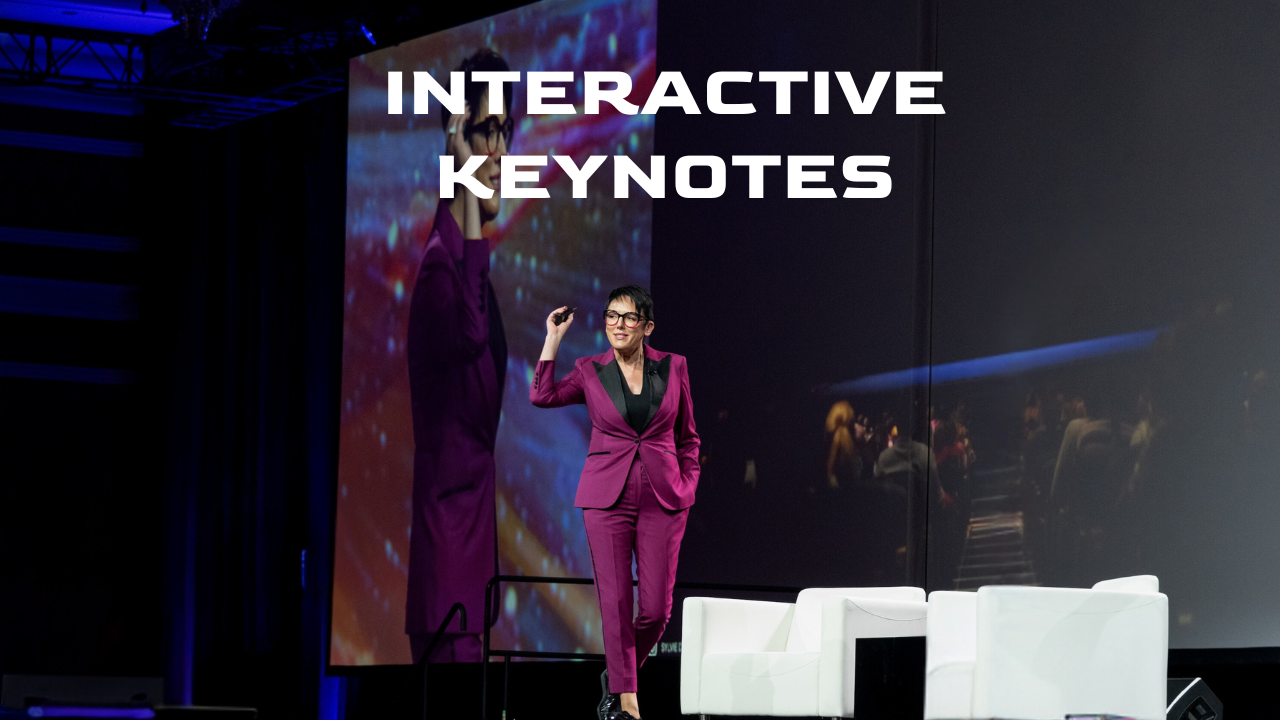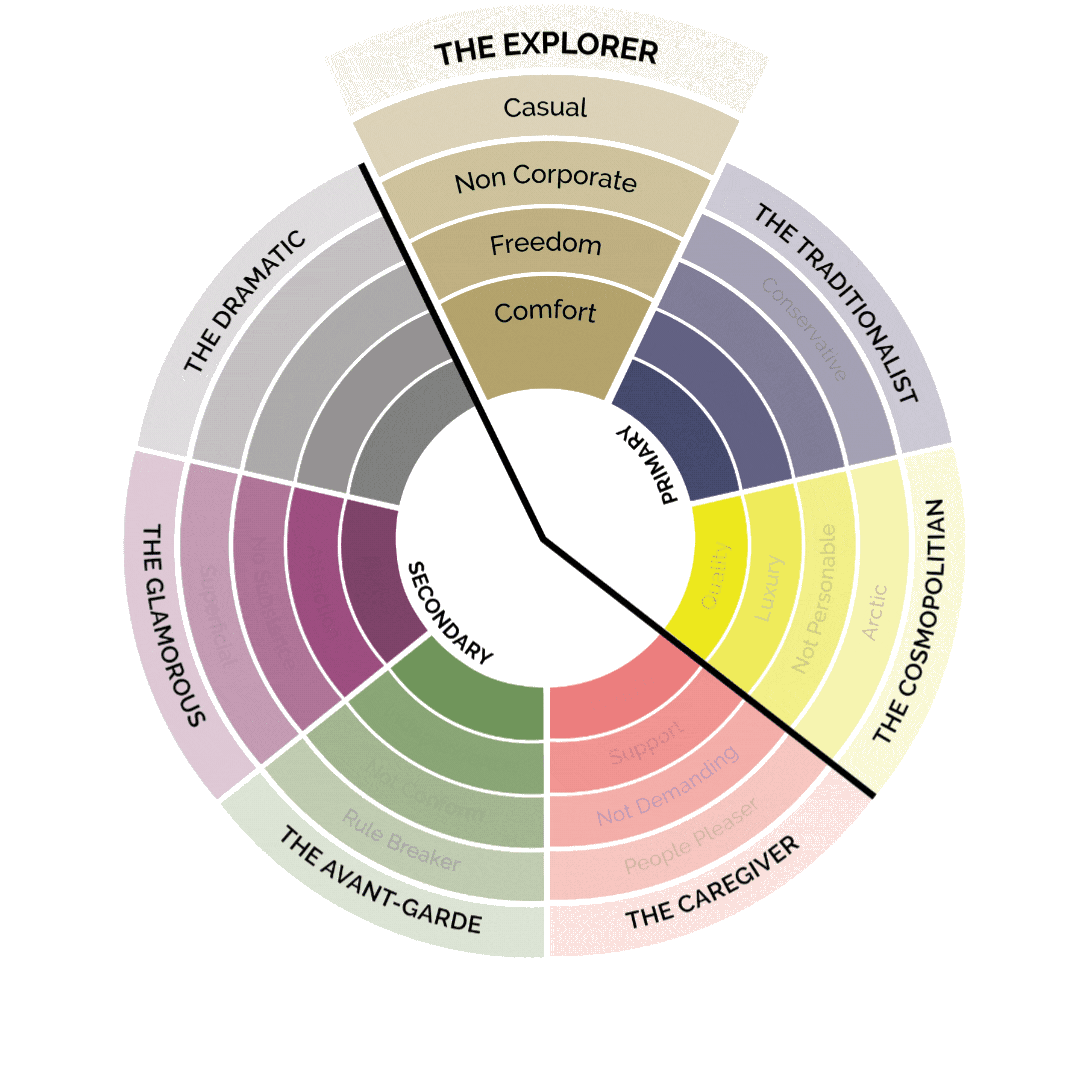How to Persuade Anyone with Confidence and Conviction
Ever wonder why some people effortlessly win others over while others struggle to get their point across? If you’ve ever wanted to learn how to persuade effectively, you’re not alone. Persuasion isn’t about pushing people into saying “yes”—it’s about mastering how to persuade in a way that feels natural and authentic. It’s about refining your persuasion skills and knowing the right tactics to make your message stick. It’s about building trust, making genuine connections, and communicating in a way that resonates. Whether you’re in sales, marketing, leadership, or just looking to be more influential in everyday life, mastering persuasion can open doors, strengthen relationships, and help you reach your goals faster.
Key Takeaways
- People make decisions based on psychology—understand how they think, and you can master how to persuade them effectively.
- Trust and rapport are everything—without them, persuasion falls flat. Whether you’re engaging colleagues, leaders, or executives, establishing trust ensures your message has merit and appeal.
- Communication isn’t just about words—your tone, body language, and delivery matter just as much.
- Social proof is powerful—people trust what others have already validated.
- Storytelling isn’t just entertainment—it’s one of the most effective ways to persuade.
Understanding the Psychology of Persuasion and Behavior
To truly influence people, you have to understand what makes them tick and learn how to persuade them in a way that resonates. It’s not just about presenting logical arguments—most decisions are driven by emotions first and justified with logic later. This is especially true in business communication, where leaders and executives often rely on both emotional appeal and concrete evidence to make decisions. People naturally trust authority figures, so establishing credibility is key.
Speaking of emotions, they play a massive role in decision-making. Have you ever bought something because it felt right, even if you couldn’t explain why? That’s emotional persuasion at work. The best persuaders know how to balance facts with feeling to craft compelling arguments, ensuring their communication skills align with the needs of their audience.
Another secret weapon? Reciprocity. This principle is a key part of the persuasion process, as it naturally encourages people to reciprocate when given something valuable. When you give someone something valuable—be it a compliment, useful insight, or a small favor—they often feel a subconscious need to return the favor.
And let’s not forget cognitive biases. These mental shortcuts can cause irrational decisions, but they can also work in your favor. For instance, people trust authority figures even when their opinions are flawed. If you position yourself as an expert, you’re already ahead of the game when it comes to knowing how to persuade effectively.
People don’t make decisions based on facts—they make them based on feelings and then find facts to justify them.
Building Rapport and Trust: How to Persuade People Effectively
Persuasion without trust is like a car without gas—it’s not going anywhere. The fastest way to build trust? Show genuine interest in people. Listen—really listen—to what they’re saying. Ask thoughtful questions. Engage in meaningful speech that invites dialogue and encourages other people to share their perspectives. When people feel heard and valued, they naturally trust you more.
Another trust-builder? Consistency. Whether in workplace interactions or business communication, people are more likely to trust those whose actions match their words. If you say one thing but do another, people will pick up on it quickly. But when your actions align with your words, you become someone people can rely on.
Shared experiences also deepen relationships. Ever notice how you feel instantly closer to someone after working on a tough project together or bonding over a personal story? That’s the power of shared moments.
Finally, transparency goes a long way. People appreciate honesty—so be upfront, communicate openly, and don’t be afraid to admit when you don’t have all the answers.
People don’t buy into your words; they buy into your intentions. If your motive is selfish, your persuasion will fail.
Effective Communication Techniques: Ways to Talk and Connect with Your Audience
How you express yourself—through words, tone, and body language—can be the deciding factor in whether your message lands effectively or falls flat. A well-delivered idea can captivate, convince, and inspire action, making business communication more impactful in any setting, from sales to leadership, while poor communication can leave your audience confused or indifferent. It’s not just about what you say but how you say it that determines your influence.
Keep it simple: nobody likes jargon or overly complicated explanations.
Use positive body language: eye contact, open gestures, and an engaged posture make a huge difference.
Ask great questions: open-ended ones that spark real conversation rather than shutting it down.
Adapt to your audience: everyone processes information differently, so adjust your style accordingly.
Use visuals: when appropriate, images, charts, or demonstrations can reinforce your message.
In a world where distractions are endless and attention spans are short, the ability to communicate effectively is what sets persuasive individuals apart. When your message is delivered with clarity, confidence, and intention, it becomes impossible to ignore. The most compelling communicators don’t just share information—they create experiences that stick with people long after the conversation is over, turning every topic into an opportunity to inspire and influence.
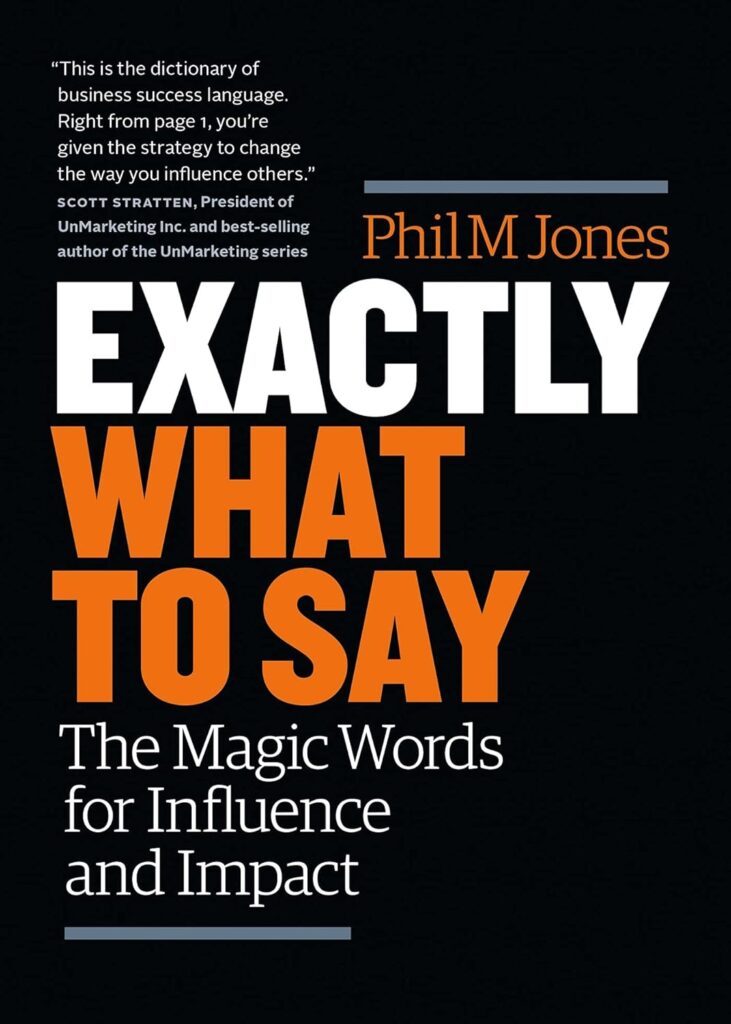
One of the best books I’ve ever read on how to persuade effectively is Exactly What to Say by my friend Phil M. Jones. It’s a simple, easy read, yet incredibly powerful—filled with precise phrases that can help you influence conversations in a way that feels natural, ethical, and non-manipulative.
Phil masterfully breaks down the psychology behind word choice, showing how small shifts in language can make a massive difference in the way people respond. If you want to refine your communication skills and become more persuasive without pressure or pushiness, this book is an absolute must-read.
The way you say something matters just as much as what you say—words alone don’t persuade, delivery does.
Using Social Proof to Influence Others: Tips to Help Build Credibility
Humans are wired to follow the crowd. When we see others vouching for something, we’re more likely to trust it ourselves—a key insight when learning how to persuade others. That’s why testimonials, reviews, and endorsements are so powerful—they capture attention and demonstrate how persuasion skills can be leveraged effectively.
Trends also shape behavior. People don’t want to feel left out, so when they see others benefiting from a product, service, or idea, they’re more inclined to jump on board.
Case studies are another great tool. Instead of just claiming something works, show proof through real-life success stories. If your audience can see tangible results backed by strong evidence, they’re more likely to trust you and consider the options you present.
And don’t underestimate the power of social media—shares, comments, and endorsements can spread your message faster than traditional methods ever could.
People don’t follow just facts—they follow other people. The crowd’s approval is often more persuasive than logic.
Leveraging the Power of Storytelling: How to Persuade Through Narrative
Stories aren’t just entertainment—they’re one of the most powerful tools of persuasion, capturing attention and helping the audience connect emotionally with an idea. A compelling narrative ensures that your topic remains memorable and impactful long after the conversation ends. A compelling story doesn’t just present information; it creates an emotional experience that sticks with people—one of the most effective ways to master how to persuade an audience.
Make it relatable: when people see themselves in your story, they connect with it on a deeper level.
Paint vivid pictures: the more detail you provide, the more memorable your story becomes.
Keep it authentic: real stories with real emotions build trust and credibility.
Show, don’t tell: instead of saying, “This method works,” share a story that proves it.
Use personal experiences: sharing your own journey makes you more relatable and persuasive.
When you tell a story well, you transport your audience into a different reality, allowing them to see themselves in the situation and feel the impact firsthand. That emotional connection is what makes stories so effective—people may forget facts and figures, but they remember how a story made them feel. And when emotions drive decisions, stories become the ultimate influence tool.
The most powerful persuasion tool isn’t an argument—it’s a well-told story.
Creating a Sense of Urgency: Ways to Motivate People to Take Action
People are more likely to act when they feel a now or never moment. When something feels urgent or rare, it naturally becomes more desirable. This is why limited-time offers drive sales, why scarce resources feel more valuable, and why exclusive opportunities make people eager to participate.
Limited-time offers create urgency.
Scarcity makes people value things more.
Time-sensitive deals prevent procrastination.
Exclusive opportunities make people feel special.
Urgent language moves people to act faster.
When you create an environment where action needs to be taken quickly, people are less likely to hesitate or overthink their decisions—they act on impulse, fearing they might miss out on something valuable.
Indecision is the enemy of persuasion—create urgency, and you create action.
Handling Objections with Confidence: How to Talk to Skeptics and Overcome Resistance
Objections are a natural part of persuasion—they’re not roadblocks, but opportunities to better understand and address concerns. Instead of dreading them, embrace them as a chance to refine your approach, clarify misunderstandings, and build trust. When you anticipate objections and respond thoughtfully, you demonstrate confidence, credibility, and a genuine willingness to help.
Anticipate objections before they come up.
Listen carefully: sometimes, people just need to feel heard.
Reframe concerns: turn “problems” into opportunities.
Clarify misunderstandings: often, objections come from a lack of information.
Offer solutions that make people feel reassured.
Approach objections as conversations, not battles. When you address concerns with confidence and empathy, you turn skeptics into believers. More importantly, how you handle objections can define your entire credibility—every objection is an opportunity to reinforce trust, refine your message, and prove that you genuinely understand and respect the other person’s perspective. The best persuaders don’t avoid objections; they welcome them as a chance to build stronger, lasting relationships.
An objection isn’t a "no"—it’s an invitation to make your argument stronger.
Closing the Deal with a Strong Call to Action: Tips to Help Your Audience Take the Next Step
At its core, persuasion is about guiding people toward taking action, but that action needs to feel natural and effortless. If your audience is left wondering what the next step is, you’ve lost them. The key is to eliminate any ambiguity—be direct, make the decision-making process easy, and create a clear path for them to follow.
Give clear instructions: don’t leave room for confusion.
Offer incentives: a little motivation never hurts.
Make it personal: tailor your message to the individual.
Be confident: your belief in what you’re saying makes a difference.
Follow up: keep the momentum going.
When people know exactly what to do and why it matters, they’re far more likely to move forward with confidence.
If you don’t tell someone what to do next, don’t be surprised when they do nothing.
The Power of Evidence: Strengthening Your Persuasion Tactics
If you want to persuade effectively, you need more than just a compelling message—you need solid evidence to back it up. People are naturally skeptical, and in many cases, it’s not enough to rely on emotions alone. Research shows that well-supported arguments carry far more weight, whether you’re presenting an idea in the workplace, negotiating a deal, or making a case to executives.
Think about it: Would you trust a manager who makes bold claims without proof, or someone who backs up their points with clear data, real-life examples, and logical reasoning? Evidence builds credibility and reassures your audience that your claims have merit. It also helps you address doubts before they arise, making it harder for skeptics to poke holes in your argument.
The best persuaders don’t just rely on generic statements—they bring in facts, case studies, and testimonials to reinforce their points. Whether you’re in a leadership role, working in sales, or presenting new strategies to colleagues, having well-researched evidence strengthens your position.
A great way to put this idea into practice is by tailoring your evidence to your audience. If you’re trying to convince executives, focus on data that impacts revenue, efficiency, or innovation. If you’re persuading a team in marketing, highlight customer behavior insights and successful campaign examples. The key is to match the type of proof to what matters most to the people you’re trying to persuade.
When used correctly, evidence isn’t just about proving you’re right—it’s about making your audience feel confident in the decision you’re guiding them toward.
The right evidence doesn’t just make your case stronger—it makes doubt disappear.
How Marketing Strategies Can Help You Persuade More Effectively
The truth is, marketing professionals have been mastering the art of persuasion for decades—and their strategies can help you become more persuasive in everyday conversations.
Marketing is all about capturing attention, shaping attitudes, and influencing behavior. Whether it’s through a compelling ad, a well-crafted speech, or a persuasive social media campaign, marketers know how to make an idea stick. So why not apply the same principles to your own persuasion efforts?
For example, marketers understand that people don’t just buy products—they buy solutions. If you’re trying to persuade a manager to adopt a new strategy at work, don’t just present the features of your idea. Instead, highlight how it solves a specific problem, saves money, or creates opportunities. Framing your message around benefits rather than just facts makes it far more compelling.
Another marketing tactic that works in persuasion? The power of social proof. Just like people are more likely to trust a product with great reviews, they’re more likely to trust an idea that others have already endorsed. If you want to convince colleagues or leaders to support your proposal, reference similar businesses or competitors that have successfully implemented the same approach.
Marketing also teaches us the importance of storytelling. A dry list of facts won’t inspire action—but a compelling narrative will. When persuading other people, use stories to make your argument relatable and emotionally engaging. Whether you’re trying to convince someone to embrace change, invest in an idea, or support a new initiative, a well-told story makes your message far more persuasive.
At its core, persuasion and marketing share the same goal: influencing others to take action. So, if you want to improve your persuasion skills, start thinking like a marketer—craft messages that capture attention, speak to emotions, and make it easy for your audience to say “yes.”
If you want to persuade like a marketer, stop pushing ideas—start positioning them as irresistible opportunities.
ADDITIONAL RESOURCES
"The Hidden Tricks of Powerful Persuasion" by BBC
This article explores subtle techniques used in persuasive communication and how they can be applied in everyday interactions.
The Single Most Effective Persuasion Technique Is Also The Easiest To Master by Forbes
This article highlights the power of active listening as a fundamental component of persuasive communication.
FREQUENTLY ASKED QUESTIONS
Can anyone learn how to persuade, or is it a natural talent?
Persuasion is absolutely a skill that can be learned and refined over time. While some people may have a natural inclination toward influencing others, how to persuade effectively comes down to understanding psychology, practicing communication strategies, and applying proven techniques. Anyone willing to develop these skills can become a stronger persuader.
What should I do if my persuasion attempt fails?
Not every attempt at persuasion will be successful, and that’s okay. Instead of seeing it as a failure, view it as an opportunity to learn. Ask yourself: Did I understand their concerns well enough? Was my approach too aggressive or too passive? Did I provide enough evidence? Reflecting on these factors will help refine your approach for next time.
Is persuasion more effective in-person, over the phone, or in writing?
Persuasion can be effective across all mediums, but the key is adjusting your approach to fit the context. In-person persuasion allows for body language and immediate feedback, while phone conversations rely heavily on tone and inflection. Written persuasion, such as emails or presentations, requires clarity, structure, and strong word choice to create impact. The best persuaders adapt their techniques to match the situation.
How to Persuade with Integrity
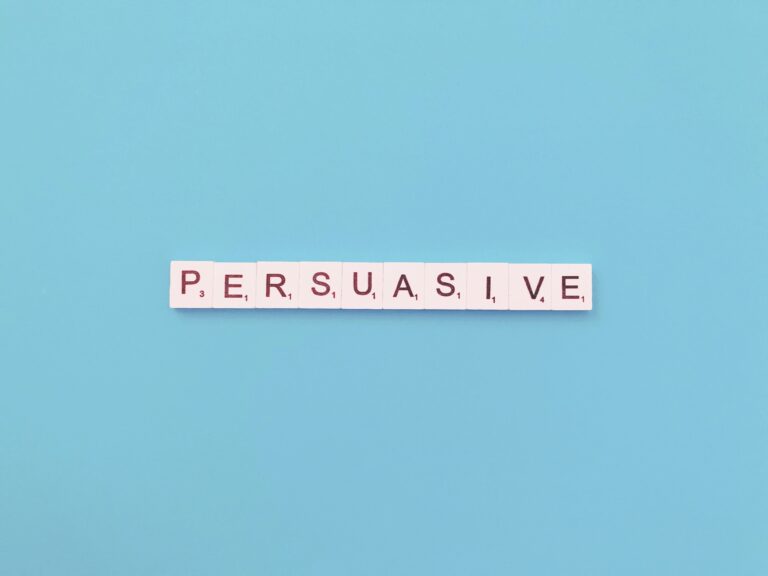
Persuasion isn’t about tricking people into agreeing with you—it’s about understanding how people think, building trust, and mastering how to persuade in a way that feels natural and authentic. By honing these skills, you’ll not only become more influential but also create stronger, more meaningful connections along the way.
So, which persuasion technique are you going to try first?
